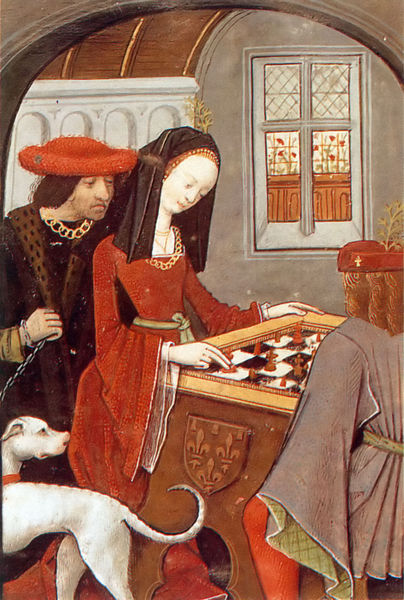Little could be more scandalous for a sixteenth-century shopkeeper’s daughter than selling her body—unless it is selling her words. Jollande Carlet, the protagonist of my novel The Measure of Silence, knows publishing her poems will compromise her reputation. She never imagines it will endanger her life.
Educated beyond her station through her godfather’s generosity, Jollande intends to publish her poems in tribute to her mother, whose verse vanished at the time of her death. But before she can convince her godfather to print them on his press at the sign of the Fountain, Jollande’s husband dies defending her honor from a stranger’s insults. Overcome with guilt, Jollande destroys her manuscript, vowing never again to set pen to paper.
But Jollande’s muse cannot hold her tongue. Neither can Nicolas Vernier, the Fountain’s flippant new typesetter, an unconvincing heretic who scoffs at the very notion of a woman poet. Nicolas’s jibes—and his discovery that a member of their literary circle has plagiarized her poems—goad Jollande past her shame. Yet as soon as she sets to work reconstructing her manuscript, the cycle of destruction begins anew. Scandalmongers deface the printing shop; the family fabric business goes up in flames. When the city guard accuses the Fountain of distributing Calvinist tracts and seeks her arrest on suspicion of heresy, Jollande can no longer deny that someone is determined to silence her at any price. Caught in a personal vendetta that encapsulates the cultural and religious tensions of Renaissance France, Jollande must find a way to save herself, her family, and her dream.
The Measure of Silence is currently under submission to publishers. I hope to have good news to share about it soon!












